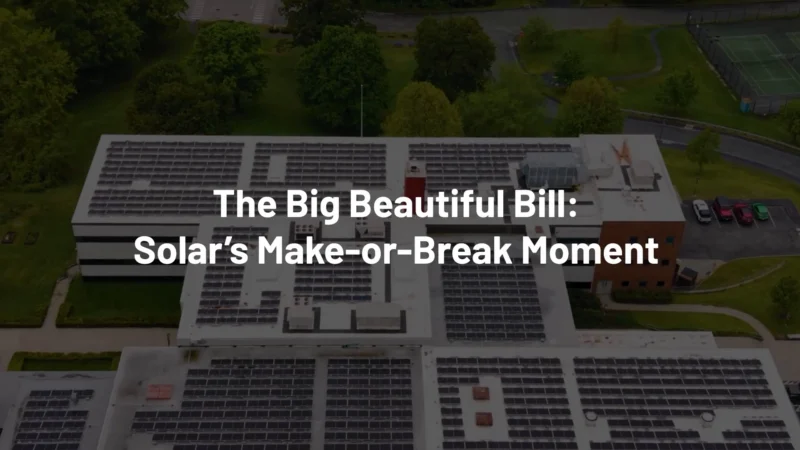The Impact of the Inflation Reduction Act on Transferrable Tax Credits
Aside from changes to renewable energy, the Inflation Reduction Act (IRA) has brought significant changes to the landscape of tax credits. With the introduction of transferable tax credits on the federal level, there’s a timely need to understand how these changes impact various stakeholders. This explores the nuances of these transferable credits and their broader implications for the market.
How do the new provisions under the IRA enable middle-market players and smaller developers to participate in the renewable energy sector more effectively?
For an episode of “The Energy Conversation,” a podcast hosted by Moss Adams. In this episode, host Matt Kaden, Managing Director at Moss Adams, conversed with Irina Antonache, a licensed attorney at Moss Adams. They discuss the revolutionary changes brought by the IRA and how these new policies are opening doors for a broader range of participants in the renewable energy market.
A few highlights of their conversation:
- Antonache provides a comprehensive overview of transferable credits, highlighting their history and how the IRA has simplified the process, making it accessible to middle-market companies and smaller developers.
- The various types of projects and technologies that qualify for these credits, including energy storage, renewable natural gas, and manufacturing renewable equipment.
- The timing and financial benefits of transferring credits versus waiting for refunds, as well as the safeguards and documentation required to ensure smooth transactions.
Irina Antonache is a Partner at Moss Adams. As a seasoned attorney specializing in tax credits and incentives, she has over 15 years of experience at the company. Antonache has been instrumental in facilitating billions of dollars in tax credit transfers. Her expertise spans various aspects of renewable energy projects, making her a valuable resource in understanding the complexities and opportunities within the IRA’s new provisions.
Article by Alexandra Simon.




